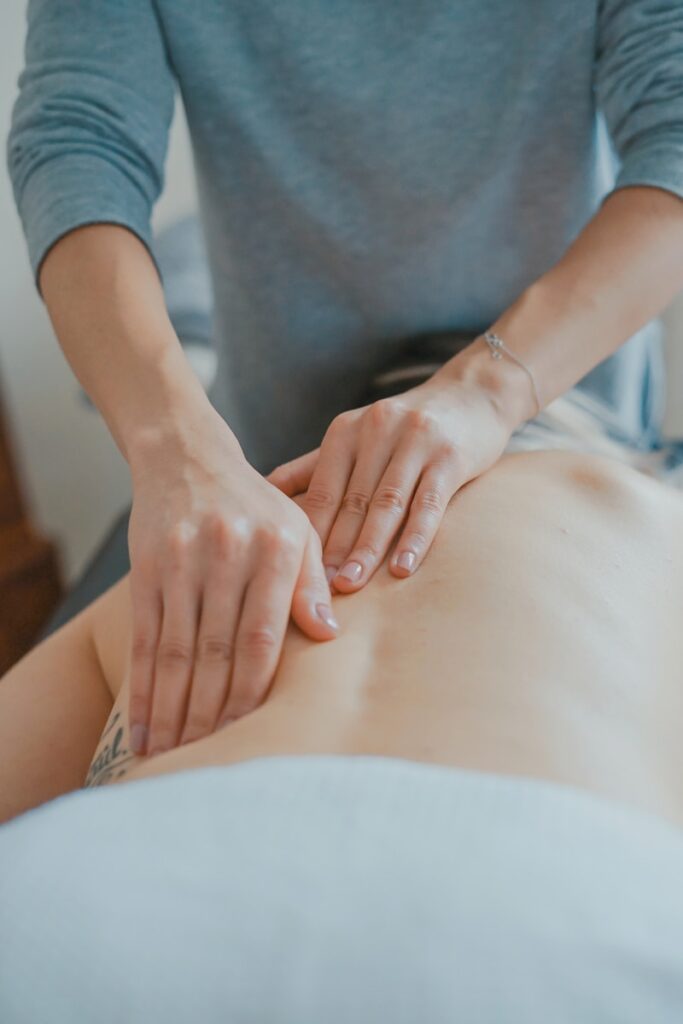Why Arm and Elbow Pain Matters
Arm and elbow pain can sabotage the simplest tasks—typing, lifting groceries, or even enjoying a handshake. While painkillers might dull the ache, they rarely solve the deeper issues driving your discomfort. Identifying these underlying problems is key to preventing long-term damage and regaining a full range of movement.
When left untreated, minor strains or mild nerve compression can escalate, sometimes resulting in chronic conditions that impede daily life. Tackling the root cause early often means less intensive interventions down the line. Your arms and elbows are vital for countless movements, so giving them proper care now can save you from extended downtime later.
Common Causes and Signs
Arm and elbow pain often originates from repetitive stress, muscle imbalances, or sudden injuries. Key culprits include:
- Tennis Elbow: Strain of the outer forearm muscles leading to soreness and reduced grip strength.
- Golfer’s Elbow: Inner forearm strain caused by repetitive wrist flexion or poor swing mechanics.
- Bursitis: Inflammation of fluid-filled sacs that cushion the elbow joint.
- Nerve Impingements: Compression of the ulnar or median nerve can trigger tingling or numbness.
- Trauma or Fractures: Sudden impacts, such as falls, may crack bones or strain ligaments.
Persistent aches, swelling, or limited range of motion are early indicators. Some people also notice numbness or unusual weakness in the hands. The earlier you address these signs, the easier it is to curb further damage.
Everyday Impact of Pain
Experiencing discomfort in the arms or elbows can quickly derail your routine. Tasks like lifting a child, carrying groceries, or typing for long periods become challenges. Over time, these limitations may cause you to compensate with other muscle groups, potentially leading to neck or shoulder strain.
Often, social and leisure activities also suffer. Hobbies like gardening, cooking, or playing a musical instrument can become stressful rather than relaxing. The ripple effect on your quality of life can be significant, especially if pain persists for weeks or months.
Holistic Relief Methods
True relief goes beyond masking pain with over-the-counter medications. A well-rounded strategy often includes:
- Chiropractic Adjustments: Ensuring alignment of the spine and limbs to reduce nerve pressure.
- Targeted Exercises: Strengthening the forearm, biceps, and triceps to stabilize the elbow.
- Soft Tissue Work: Massage or myofascial release to loosen tight muscles and tendons.
- Ergonomic Tweaks: Adjusting your workspace or sports gear to lessen repetitive strain.
- Mindful Movement: Avoiding sudden, forceful motions that exacerbate existing injuries.
By incorporating multiple elements, you address both the symptoms and the root causes of pain. Balanced muscle development can prevent recurrences, while mindful habits reduce the chance of reinjury.
Smart Exercises for Arm Health
If you want lasting relief, a structured exercise routine can help rebuild strength and flexibility. Consider starting with:
- Wrist Curls: Light weights or resistance bands train the forearm muscles.
- Grip Squeezes: Using a soft ball to improve forearm endurance.
- Forearm Rotations: Alternating pronation and supination combats repetitive strain.
- Elbow Extensions: Gentle moves to stretch and strengthen the triceps.
Begin with low resistance and keep movements controlled. Sudden bursts of activity can aggravate tender tissues. Focus on proper form and work up to heavier resistance only when you can do so without pain.
Preventing Future Flare-Ups
Effective prevention tactics hinge on consistency and mindful awareness of your body’s signals. Take regular breaks from repetitive tasks, such as typing or factory line work. Subtle ergonomic adjustments, like raising your chair or realigning your keyboard, can significantly reduce strain on arm muscles. Always warm up before strenuous activities to improve blood flow and lessen the risk of micro-tears.
Additionally, balancing your strength training routine is crucial. If you focus solely on biceps curls without reinforcing the opposing triceps and forearm muscles, you risk creating imbalances that lead to elbow stress. Well-rounded workouts, combined with adequate rest, can keep your arms resilient.
Emotional Factors and Recovery
Persistent pain can chip away at your motivation and mood. Anxiety or frustration over limited mobility may increase muscle tension, intensifying discomfort. This mind-body loop is why many experts recommend stress-management techniques—such as yoga, meditation, or simple breathing exercises—alongside physical therapies.
By nurturing both mental and physical health, you promote an optimal environment for healing. Easing emotional stress often correlates with relaxed muscles, better sleep, and, ultimately, faster recovery times. This holistic perspective benefits not just your arms but your overall well-being.
Book Your Appointment Here
If arm or elbow pain has become a daily burden, now is the time to take decisive action. Reserve your spot directly on this page for a personalized evaluation. Our aim is to uncover the specific triggers behind your discomfort and craft a plan that integrates strengthening exercises, posture enhancements, and supportive therapies.
Don’t let nagging aches disrupt your routine or dampen your favorite hobbies. Book an appointment today and set the stage for healthier, pain-free arms. With the right guidance and consistent effort, you can restore full function and confidence in your daily movements.






